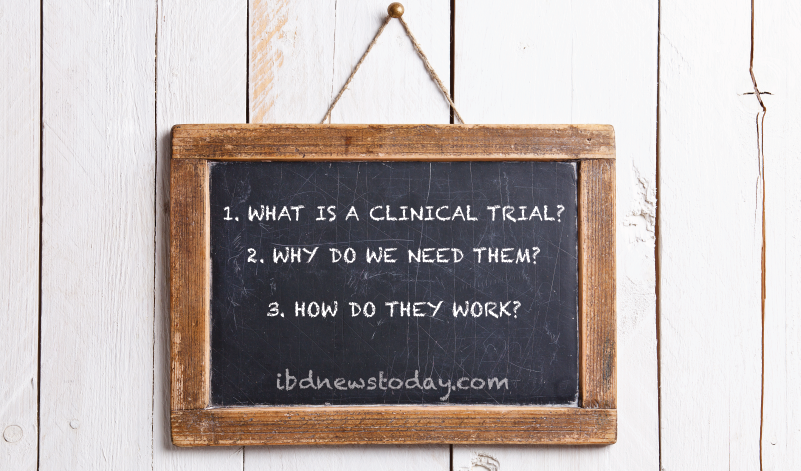The following are a series of frequently asked questions (FAQ) pertaining to clinical trials and what the process entails:

1. What is a clinical trial?
Clinical trials are well-designed studies that collect information about new treatments for diseases and disorders. Most of the time, this means medications, but clinical trials can also test other things, such as stem cell therapies, surgical techniques, tests for diagnosis, medical devices, as well as others. In particular, clinical trials focus on administering an experimental therapy in humans, as opposed to animals, which are conducted first in the lab (known as “pre-clinical research”).
2. Why do we need clinical trials?
Clinical trials are needed for medical treatments to be approved by government organizations, such as the US Food and Drug Administration (FDA). Without clinical trials, doctors and other prescribing healthcare providers (such as nurse practitioners or physician’s assistants) cannot prescribe medications or recommend other medical treatments. These studies are needed to understand two important types of information 1) that the treatment is effective (also called efficacious), ie, that it really works and 2) that the treatment is safe for use in humans.
In addition to helping patients by making the best possible treatments available, clinical trials also advance scientific understanding of a disease or disorder.
3. How do clinical trials work?
Usually, effectiveness is compared versus a placebo (sugar pill with no medication in it), or another type of comparison. Another type of medication comparison that is common is a different drug, already approved for use. A comparison is needed to understand that the medication works and also to see if the medication is safe. Researchers will design the clinical trial for a specific period of time, during which the people participating will either get the treatment, or the comparison treatment. Typically a study is done “double-blind,” which means that neither the researchers giving the treatments nor the participants know who is getting which treatment. This prevents “bias,” which means expectations that could influence the outcome of the study.
Researchers giving the treatment will have a code that is later “unblinded” so they find out what treatment they were giving. The researchers also record measurements while the participants are receiving the treatment. These measurements can be for different things, such as to determine if the treatment is working, to assess safety and side-effects. Other measurements might include blood levels of the medications. If someone participates in a clinical trial, they will be informed about the measurements that will be taken before the trial starts. An “Informed Consent” document tells participants about the trial.

